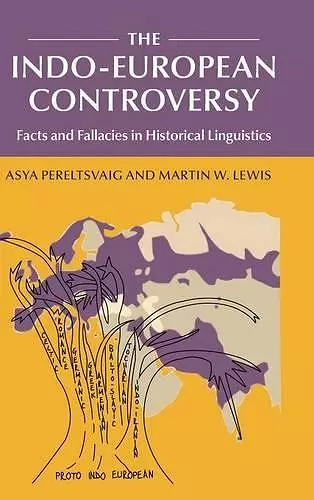The Indo-European Controversy
Facts and Fallacies in Historical Linguistics
Asya Pereltsvaig author Martin W Lewis author
Format:Hardback
Publisher:Cambridge University Press
Published:30th Apr '15
Currently unavailable, and unfortunately no date known when it will be back
This hardback is available in another edition too:
- Paperback£30.99(9781107665385)

This book challenges media-celebrated evolutionary studies linking Indo-European languages to Neolithic Anatolia, instead defending traditional practices in historical linguistics.
The global media recently announced that the mysteries surrounding the Indo-European languages had been solved by evolutionary biologists using cutting-edge computational techniques. This book asserts that the origin and spread of languages must be examined primarily through the time-tested techniques of linguistic analysis, rather than those of evolutionary biology.Over the past decade, a group of prolific and innovative evolutionary biologists has sought to reinvent historical linguistics through the use of phylogenetic and phylogeographical analysis, treating cognates like genes and conceptualizing the spread of languages in terms of the diffusion of viruses. Using these techniques, researchers claim to have located the origin of the Indo-European language family in Neolithic Anatolia, challenging the near-consensus view that it emerged in the grasslands north of the Black Sea thousands of years later. But despite its widespread celebration in the global media, this new approach fails to withstand scrutiny. As languages do not evolve like biological species and do not spread like viruses, the model produces incoherent results, contradicted by the empirical record at every turn. This book asserts that the origin and spread of languages must be examined primarily through the time-tested techniques of linguistic analysis, rather than those of evolutionary biology.
'This book provides an excellent guide to what can and what can't be done in historical linguistics and Indo-European studies, and it offers a much-needed counterblast to much recent work in the field.' James Clackson, University of Cambridge
ISBN: 9781107054530
Dimensions: 237mm x 159mm x 24mm
Weight: 640g
338 pages